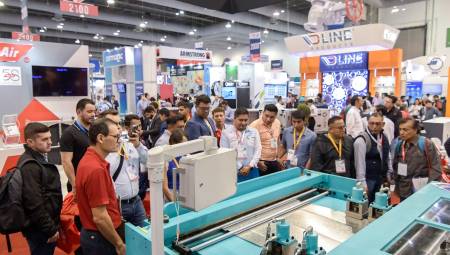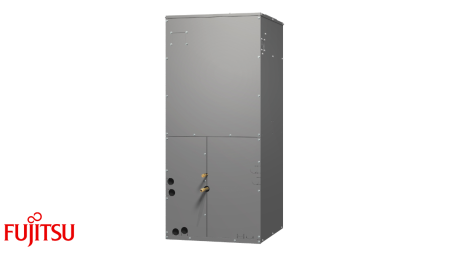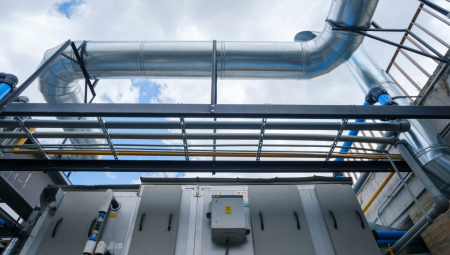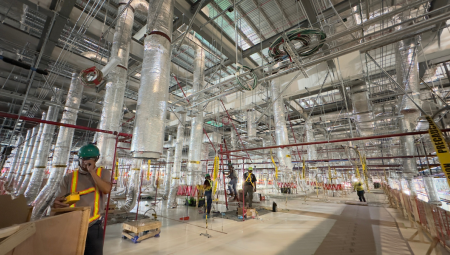Photovoltaic panels, modules or panels are formed by small semiconductor diodes that are excited when receiving solar radiation producing a difference in electrical potential between their ends. The serial coupling of many of these diodes allows to generate greater differences of electrical potential that can be used to feed different consumptions.
The most used material in its manufacture is silicon, which is found in very abundant proportions on earth. The following figure illustrates its manufacturing process:

This technology can be integrated into the design of buildings to achieve the production of part of the electrical energy they consume.
The objective set by the European Union to ensure that all new buildings are self-sufficient from 2020 makes this technology one of the basic pillars to achieve this ambitious goal.
This technology has multiple advantages, but there are also problems to overcome before making it a profitable energy without the need for administrative aid. We will go on to analyze both:
Among its many advantages are:
Poor performance, only 15% of the incident solar energy is converted into electricity. It requires a high surface occupancy (generates about 75 Wp/m2 of panel). Its generation capacity varies according to the intensity of irradiation. Difficulties for energy storage. Its profitability depends on administrative subsidies. Therefore, it is necessary to go in the direction of improving the power generation capacity and energy storage techniques in order to achieve the objective of self-sufficient buildings proposed by the EU. According to the European Association of the Photovoltaic Industry (EPIA) in 2015 this technology will be made profitable even without external aid.
The manufacturers of photovoltaic panels are working on solutions that allow their full integration with the enclosures that constitute the envelope of the building. As we will see below, its use is not limited to having a series of panels on the roof of the building. The alternatives are as follows:




The outlook for the coming years will be that of a significant technological advance of this technology and a wide increase in its use, both in newly constructed buildings and in buildings already built.
Authors: Energy Efficiency Solutions













